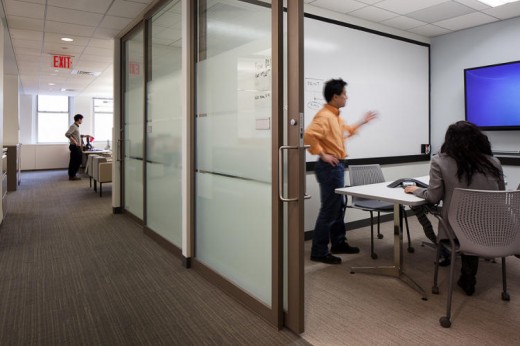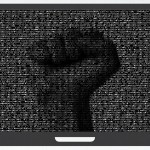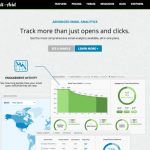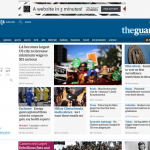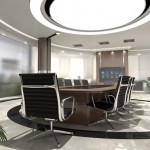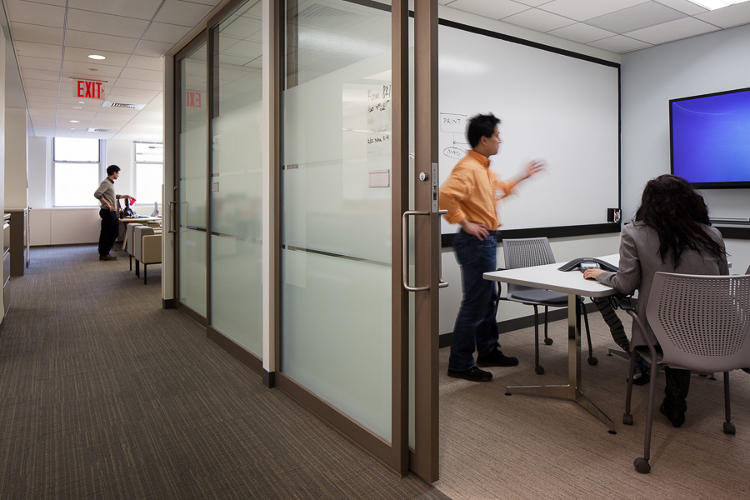Designing A Happier Office On The Super Cheap
We’re talking Ikea cheap: it’s small tweaks, rather than dramatic transformations, that have the biggest impact on company culture.
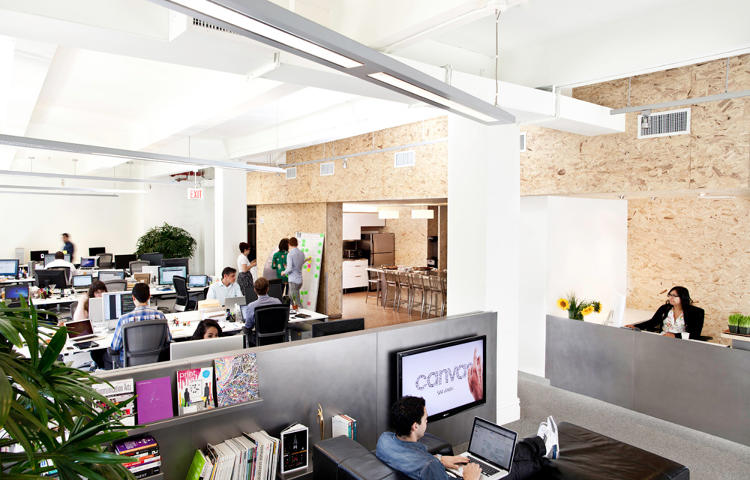
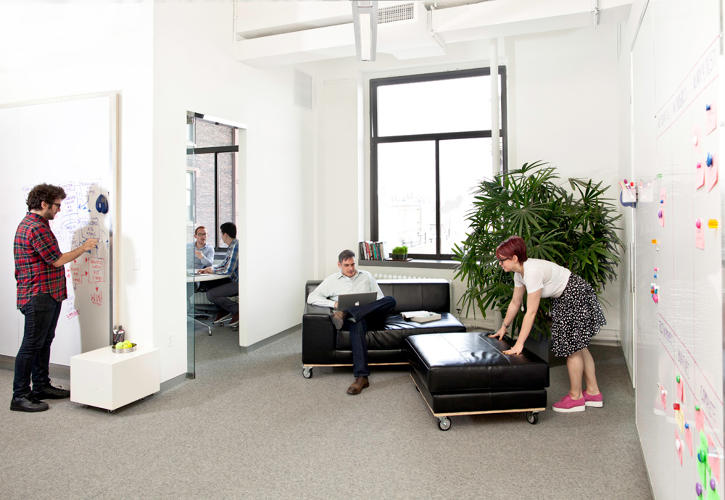
When Google set up shop in New York City, the Internet was flooded with pictures of its stunning new $1.9 billion space. The world marveled at lounges with deck chairs and slides, eco-friendly kitchens stocked with healthy food, and rooms designed to look like the inside of a tiny Chelsea apartment—complete with fake bathtubs and stovetops—for employees who like the idea of “working from home” at the office.
Most companies don’t have Google’s budget; they can’t simply buy a new building, gut it, and redesign it from scratch. Business leaders who are tight on resources and stuck with an existing space may find it easier to ignore the question of office design altogether. After all, there’s no way to compete with the cutting-edge offices that Google, Facebook, or WeWork are building around the country.
But according to Elliot Felix, founder of Brightspot, a strategy firm that helps organizations rethink their space, this is entirely the wrong approach. Changing a company’s culture and employee satisfaction happens with small tweaks, he argues, not big, dramatic transformations. In Felix’s opinion, fancy leather couches and elaborate gaming rooms are just window dressing, not the real substance of cultural change in an office. And he would know: he’s worked with organizations with all kinds of budgets, from tiny startups to Goldman Sachs.

Eight years ago, he led the team that wrote Google’s global design guidelines. “Google was doubling in size every year and building new locations everywhere,” he recalls. “There was so much concern about what the ingredients of the offices should be and how they would all fit together cohesively for a consistent employee experience.” But even at Google, it is small, thoughtful design considerations that have the biggest impact: noticing where employees have their liveliest conversations, for instance, and setting up seating in that area to encourage them to linger, or designating rooms as quiet space for introverts to get away from the crowds.
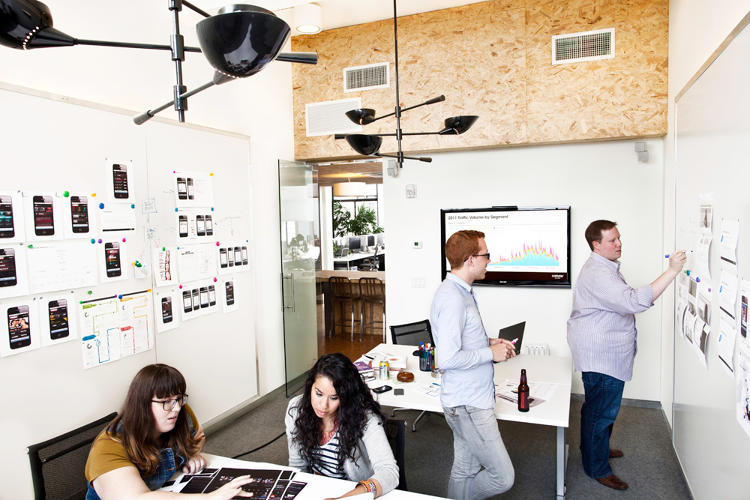
So how do companies harness design to promote livelier offices and happier, more engaged workers? Felix advocates a two-part plan that fosters big change through small improvements. “We approach things from two perspectives that you might describe as ‘top down’ and ‘bottom up,’” Felix says. “We are interested in the big picture—the company’s mission, purpose and values—so that when you are making an incremental change you know exactly what the goal is you are trying to achieve. Then, you identify different ways to test that idea and build on your findings.”

1. Big-Picture Thinking
When it comes down to it, great design is simply about solving problems. So redesigning a space must begin with conversations with employees to better understand their needs, their productivity, and how they feel about their time at the office. “We’re never just talking about space,” Felix tells Fast Company. “We’re talking about culture, etiquette, and rituals. What a lot of people forget is that we imbue space with our values.” He points out that pleasant little traditions you have as a team—like meeting around a big table every Friday to catch up and decompress—has a profound impact on employees’ routines and how they feel about their jobs.
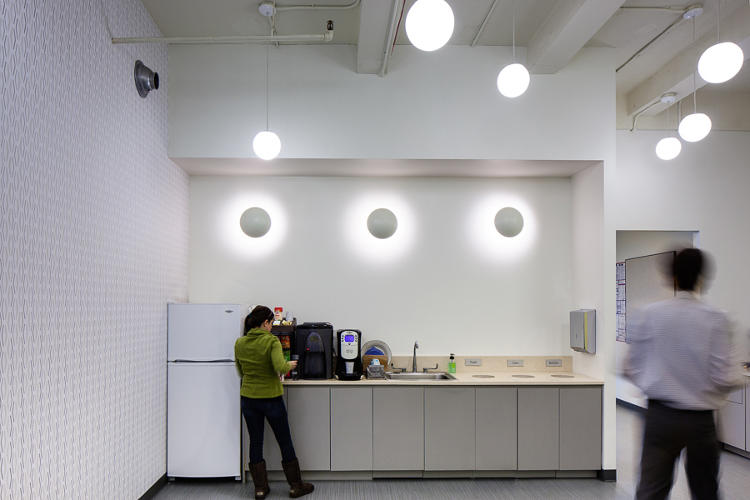

It is important to gather feedback from employees about things that are getting in the way of their happiness at work. It is important to involve as many people as possible in this early stage to get their support and buy-in for the big changes that are about to happen in the coming weeks and months. “I emphasize a hands-on, participatory process because all projects have some kind of change agenda,” he says. “People have to enroll in a change; they are much less likely to adapt if they think that change is being imposed on them. On the other hand, if they created the strategy themselves, they have a sense of ownership and excitement about adopting the new approach.” In his experience, a quarter of any given group of people will be supportive of change and another quarter will reject any change outright; it is the middle half you’re trying to win over.

Sometimes people are not even aware of how they are interacting with one another or with their space. So, besides these formal information gathering sessions, it’s also valuable to be paying attention to employee behavior. Questions to ask include: Where do people spend most of their time? Where do the best meetings happen? Where do people prefer to take phone calls? When does the office empty out? When is it most full and noisy? It can sometimes help to bring in a third party, such as a consulting firm, to observe the office from a fresh perspective. But it is also possible to shift your mindset so you are attuned to what is happening at the office on a daily basis, then determine where potential problems or inefficiencies might be.
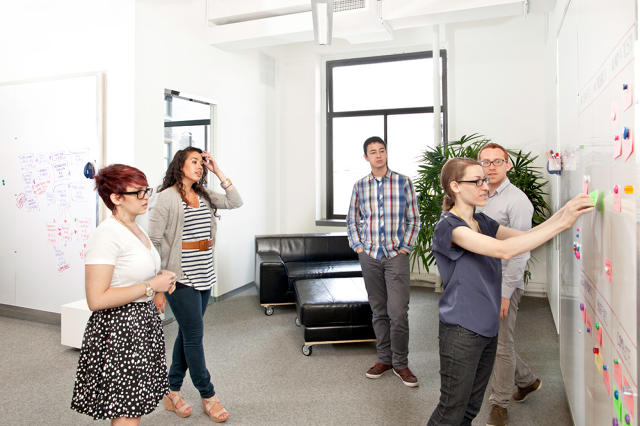
2. On the Ground Testing
Once you’ve established what you would like to change about your office or company culture, you might have a couple of ideas about what improvements to make, but according to Felix, you can’t assume you will have the right solution. “Even if it’s a big project, we’re really into prototyping and piloting,” Felix says. “People are risk-averse and you may not get things right the first time.”

This experimentation can be done cheaply and easily. They often involve reconfiguring space in simple ways, or getting a few tables to reorganize the space. Take, for example, the case of Canvas, a tech firm whose space Felix helped to configure. The leaders at Canvas were worried that the company’s culture was becoming too formal and scheduled. In early conversations, it emerged that workers were having their best conversations in the office’s very small kitchen. “The idea we had was to blow this tiny kitchen out into the center of the office,” Felix recalls. “We thought, ‘Let’s make the very heart of the office an 18-person table that is completely open.'”
The team set out to reorganized the room and purchase a big table. It quickly became a hot spot for meetings and presentations and also an informal place to get drinks and hang out. “It meant that workers could interact a lot more informally,” Felix says. Instead of meeting with a co-worker 10 days from now and putting half an hour on the calendar, people would just talk for five minutes at the big table. If a person saw someone taking a coffee break, they might take one, too, and quickly ask questions about a project they are both working on.
In another instance, Canvas was playing with the possibility of an open-plan seating arrangement and eliminating cubicles altogether. Rather than immediately reorganizing the office with brand new furniture, Felix recommended that they buy six inexpensive IKEA tables to test out the new arrangement. He encouraged people to work at the new desks for two week increments then provide feedback. “It cost almost nothing to prototype and it had great results,” he says.
This kind of testing is very useful because it sometimes leads to entirely new insights. For instance, you might learn about how many introverts or extroverts you have in your office and how they work best. The open desks might not, actually, be everyone’s favorite place to work, but it might be optimal for 70% of your employees. Or some people might be very attached to having their own desk, rather than interchangeable desks. Not all organizations are the same and this kind of testing allows you to determine how to customize design for the particular mix of employees at a particular organization.
Fast Company , Read Full Story
(209)

